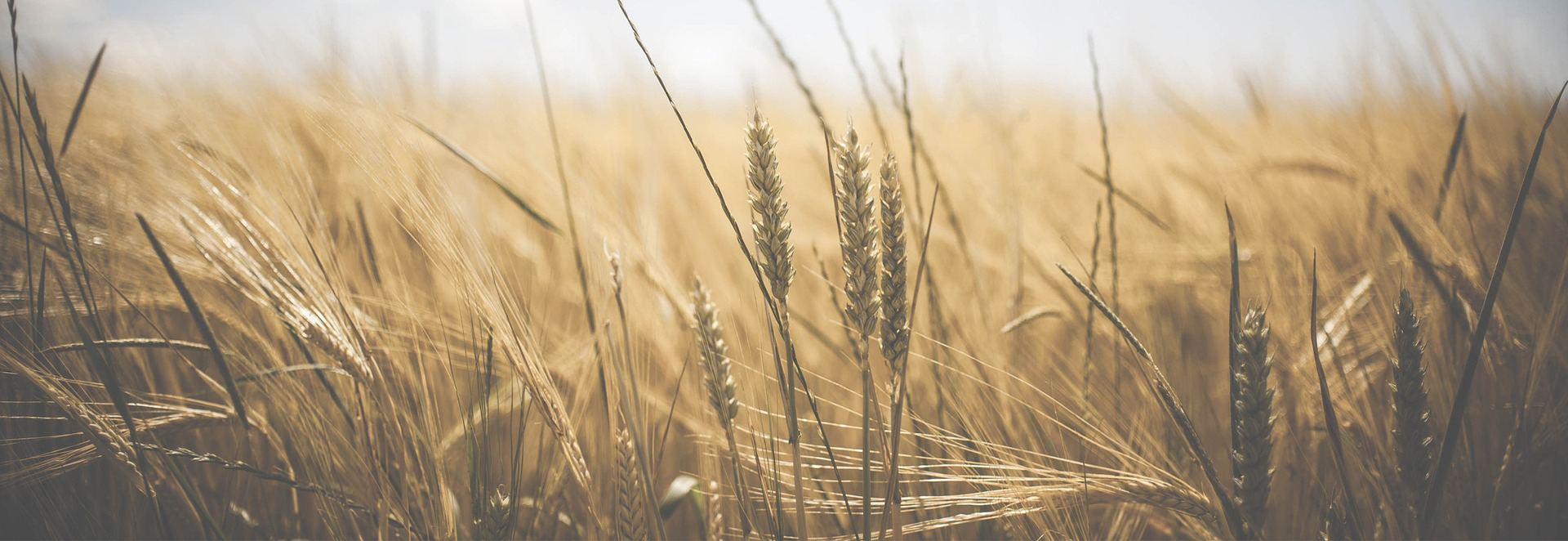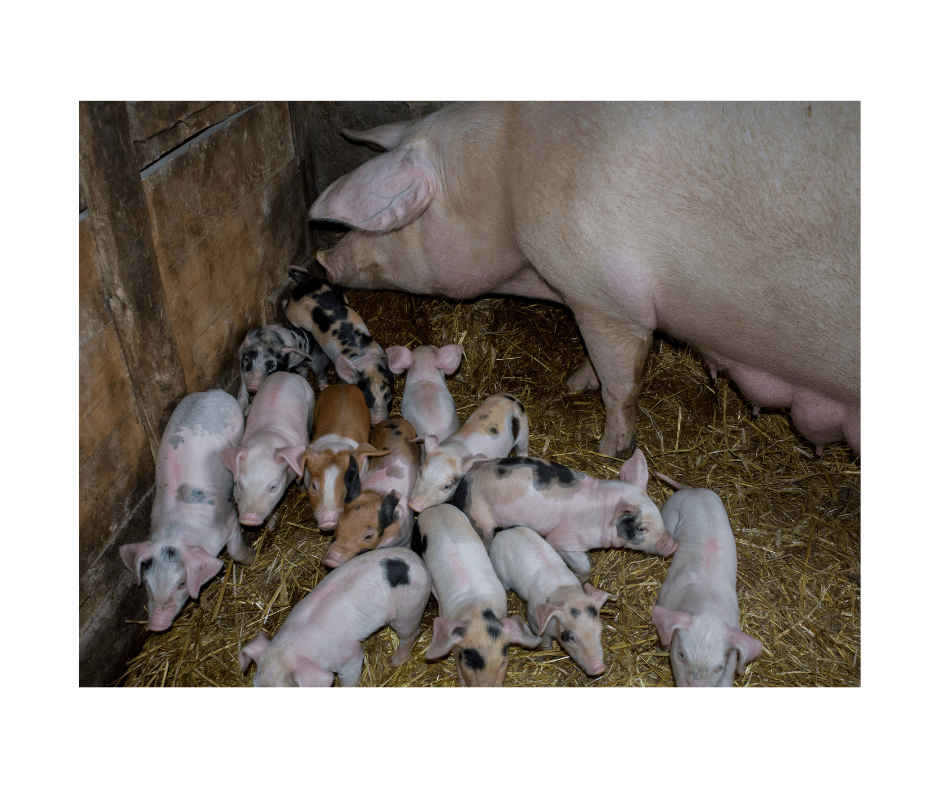
Iron (Fe) is the most abundant element (by weight) on Earth, since it makes up most of the Earth’s core, and is the fourth most common element in the Earth’s crust. However, Fe is considered as a trace- or micro-element in nutrition, since it only makes up approximately 0.004% of the body by weight and is required in only very minute amounts in the diet.
Iron was probably the first trace element recognized as important to human nutrition, as its importance in the diet has been known for over 2,000 years.
The majority of iron in the body is found in the heme-containing proteins hemoglobin and myoglobin. Hemoglobin is the protein contained in red blood cells that is responsible for the transport of oxygen from the lungs to the body tissues. Myoglobin serves to transport and store oxygen in muscle cells.
Another group of iron-containing proteins is cytochrome enzymes, which are very important in energy metabolism. Iron is also needed as a co-factor for several enzymes, many of which are also involved in energy metabolism.
The body is very efficient in its use of iron, as Fe is recycled through the breakdown of old red blood cells by specialized white blood cells called macrophages in the spleen. Iron is transported in the bloodstream via the protein transferrin to the bone marrow, where it is reincorporated into hemoglobin in new red blood cells (see diagram).
Excess Fe is stored in cells in the protein complex ferritin. Iron is also found in cells in the storage complex hemosiderin, which is mainly made up of Fe scavenged from the destruction of red blood cells. The amount of ferritin and hemosiderin in body tissues is a good measure of the iron status of the animal.

Iron deficiency in cattle is characterized by loss of appetite, poor growth rate, and lethargy. These symptoms are due to a deficiency of hemoglobin resulting in anemia, which can be diagnosed by a low hematocrit. This is mainly seen in pre-weaned calves, especially ones fed exclusively milk and housed indoors. Iron deficiency in adult cattle is extremely rare since Fe is abundant in the soil. Most forages also have some degree of soil contamination.
Iron-deficient anemia is a common problem in piglets housed on concrete without access to soil due to their rapid growth rate and the low concentration of Fe in sows’ milk. Iron-dextran injections are commonly given when piglets are 2-3 days old and will protect them from anemia until weaning.
Many microbial pathogens that attack the body have a high requirement for iron, and during infection, the body does what it can to keep Fe from being available to the invading organisms. In some extreme cases, an animal can become temporarily anemic as the body attempts to make Fe less available. Anemia can also occur as a result of severe infestations of blood-sucking parasites or other cases of extreme blood loss.
The iron requirement for ruminating cattle is thought to be approximately 50 ppm of the diet. The exact level is difficult to determine since most feedstuffs have more than adequate amounts of Fe. Soil contamination and often water also add additional amounts to the diet.
Milk-fed calves have a normal growth rate with 50 ppm Fe in the diet, but their muscles are pale due to lower than normal myoglobin. Therefore the requirement for milk-fed calves is believed to be around 100 to 150 ppm in the diet.
For swine, the requirement for the piglet is 60 to 80 ppm of the diet. Older animals require 30 to 50 ppm Fe. The requirement for poultry is similar to that of swine.
Excess levels of Fe in the diet are generally more problematic than deficiencies of iron. Free iron is toxic to cells because of the oxidative damage the ions can cause. The damage can be significant if the body’s antioxidant levels are low.
High levels of dietary iron can also interfere with the absorption of other minerals, mainly copper and zinc. As little as 500 ppm Fe in the diet has been thought to cause copper depletion in cattle.
The maximum advisable level of Fe intake is approximately 1,000 ppm of the diet. Iron intakes above this level can often be seen with high levels of Fe in drinking water and/or through soil contamination of forages. In these cases, supplementing additional Cu and Zn would be advised. Otherwise, make sure the Cu and Zn in the diet are in a form that will not react with the free Fe.
New Tri-Max, VT-Max, and LDH Fortifier from Agri-King contain forms of copper, zinc, and manganese that will not react with iron in the rumen. This increases their availability to the cow. Feeding Ru-Mend (with COGU II technology) will also help minimize mineral interactions in the rumen. Contact your Agri-King Area Manager for more details. AK